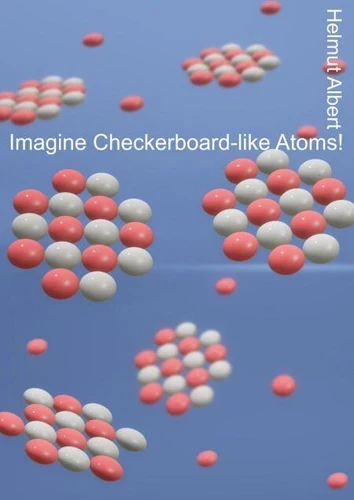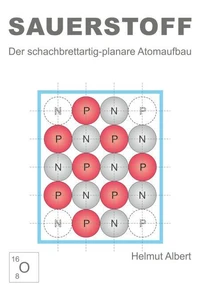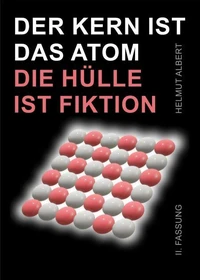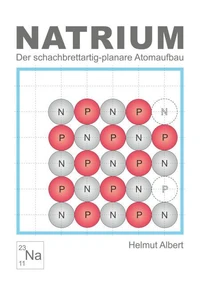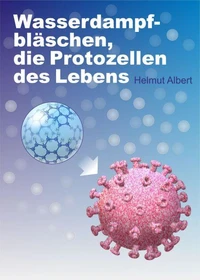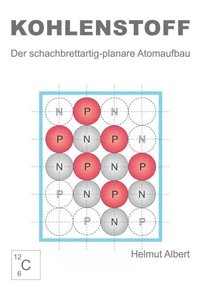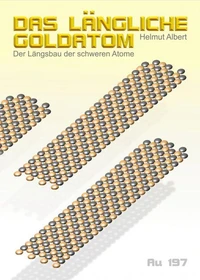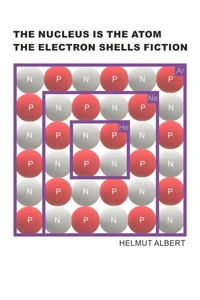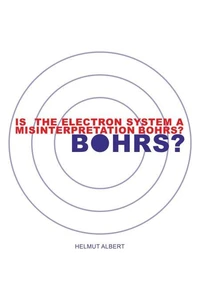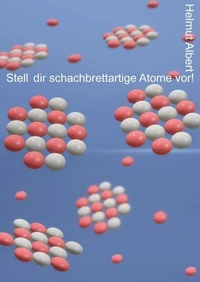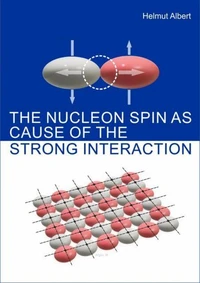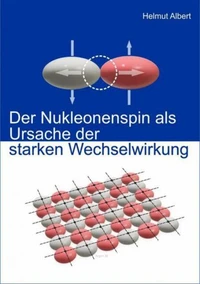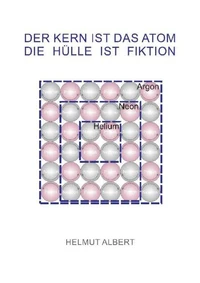Imagine Checkerboard-like Atoms. Atom Picture Book
Par :Formats :
Disponible dans votre compte client Decitre ou Furet du Nord dès validation de votre commande. Le format ePub est :
- Compatible avec une lecture sur My Vivlio (smartphone, tablette, ordinateur)
- Compatible avec une lecture sur liseuses Vivlio
- Pour les liseuses autres que Vivlio, vous devez utiliser le logiciel Adobe Digital Edition. Non compatible avec la lecture sur les liseuses Kindle, Remarkable et Sony
 , qui est-ce ?
, qui est-ce ?Notre partenaire de plateforme de lecture numérique où vous retrouverez l'ensemble de vos ebooks gratuitement
Pour en savoir plus sur nos ebooks, consultez notre aide en ligne ici
- Nombre de pages15
- FormatePub
- ISBN978-3-7531-4713-0
- EAN9783753147130
- Date de parution12/01/2021
- Protection num.pas de protection
- Taille708 Ko
- Infos supplémentairesepub
- ÉditeurA PRECISER
Résumé
What is valid for the basic form of the earth, must not be valid also for the basic form of the atoms. Namely, the assumption that they have a spherical shape. Why should atoms not form flat particle systems, similar to molecular carbon layers. Also in the case of graphene, a single-layer structure of a crystal lattice by carbon atoms was considered impossible for a long time. But it has been shown that enormous forces can act in one plane.
(...) One must keep in mind that nucleons are fast rotating particles. This is also confirmed by particle physics. The opposite rotation of the nucleons is called spin up and spin down, by which the direction of the angular momentum is meant. But particle physics does not derive from it any function significant for the atomic structure. But it is so easy to conclude from the rotation of the nucleons or from spin up and spin down to their structure.
After all, it is a real rotation of the nucleons, albeit a very fast one. Atoms can therefore only "function" like gears. If one atomic component turns right, the next one must turn left. The atomic structure is therefore the consequence of the 180° opposite axial position of the nucleons. SPIN UP and SPIN DOWN. The atomic building blocks proton and neutron are subject in this relation to the same mechanical laws as other fast rotating bodies.
(The present work is the translation of the already published German edition:"Stell dir schachbrettartige Atome vor"2021).
(...) One must keep in mind that nucleons are fast rotating particles. This is also confirmed by particle physics. The opposite rotation of the nucleons is called spin up and spin down, by which the direction of the angular momentum is meant. But particle physics does not derive from it any function significant for the atomic structure. But it is so easy to conclude from the rotation of the nucleons or from spin up and spin down to their structure.
After all, it is a real rotation of the nucleons, albeit a very fast one. Atoms can therefore only "function" like gears. If one atomic component turns right, the next one must turn left. The atomic structure is therefore the consequence of the 180° opposite axial position of the nucleons. SPIN UP and SPIN DOWN. The atomic building blocks proton and neutron are subject in this relation to the same mechanical laws as other fast rotating bodies.
(The present work is the translation of the already published German edition:"Stell dir schachbrettartige Atome vor"2021).
What is valid for the basic form of the earth, must not be valid also for the basic form of the atoms. Namely, the assumption that they have a spherical shape. Why should atoms not form flat particle systems, similar to molecular carbon layers. Also in the case of graphene, a single-layer structure of a crystal lattice by carbon atoms was considered impossible for a long time. But it has been shown that enormous forces can act in one plane.
(...) One must keep in mind that nucleons are fast rotating particles. This is also confirmed by particle physics. The opposite rotation of the nucleons is called spin up and spin down, by which the direction of the angular momentum is meant. But particle physics does not derive from it any function significant for the atomic structure. But it is so easy to conclude from the rotation of the nucleons or from spin up and spin down to their structure.
After all, it is a real rotation of the nucleons, albeit a very fast one. Atoms can therefore only "function" like gears. If one atomic component turns right, the next one must turn left. The atomic structure is therefore the consequence of the 180° opposite axial position of the nucleons. SPIN UP and SPIN DOWN. The atomic building blocks proton and neutron are subject in this relation to the same mechanical laws as other fast rotating bodies.
(The present work is the translation of the already published German edition:"Stell dir schachbrettartige Atome vor"2021).
(...) One must keep in mind that nucleons are fast rotating particles. This is also confirmed by particle physics. The opposite rotation of the nucleons is called spin up and spin down, by which the direction of the angular momentum is meant. But particle physics does not derive from it any function significant for the atomic structure. But it is so easy to conclude from the rotation of the nucleons or from spin up and spin down to their structure.
After all, it is a real rotation of the nucleons, albeit a very fast one. Atoms can therefore only "function" like gears. If one atomic component turns right, the next one must turn left. The atomic structure is therefore the consequence of the 180° opposite axial position of the nucleons. SPIN UP and SPIN DOWN. The atomic building blocks proton and neutron are subject in this relation to the same mechanical laws as other fast rotating bodies.
(The present work is the translation of the already published German edition:"Stell dir schachbrettartige Atome vor"2021).

